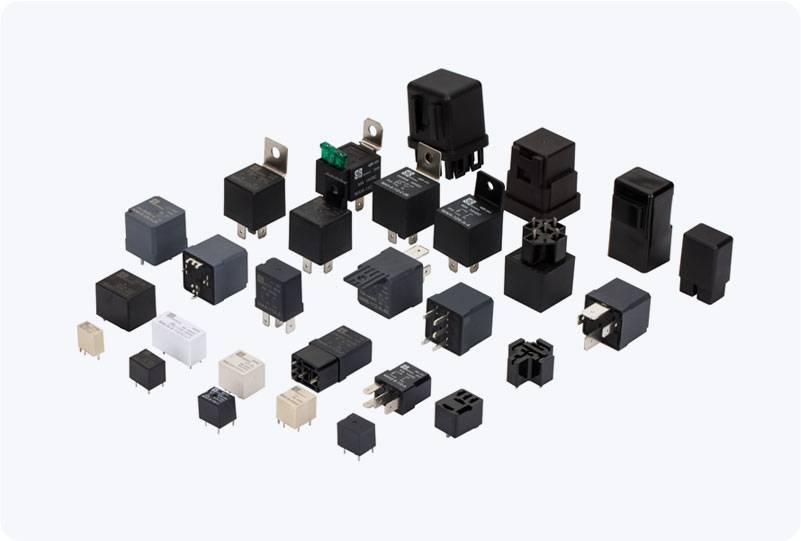Overload protection relays are essential devices used in electrical systems to safeguard motors and other equipment from damage due to excessive current. As industries and technology continue to evolve, the importance of protecting electrical apparatus becomes increasingly pronounced. This article delves into the operation, application, types, and significance of overload protection relays in modern electrical systems.

Operational Principle The fundamental purpose of an overload protection relay is to monitor the current flowing through an electrical circuit. When the current exceeds a predetermined threshold, the relay activates and disconnects the power supply, preventing potential overheating and damage to the equipment. Typically, these relays employ either thermal or electronic detection mechanisms to achieve their protective function. Thermal Overload Relays: These devices operate on the principle of heat generated by electrical current. They contain a bi-metallic strip or thermal element that bends when heated beyond a certain limit due to excess current. After a specific time delay, this bending action triggers the relay mechanism, disconnecting the circuit. The time delay feature helps accommodate temporary current spikes during motor startup, ensuring that only genuine overloads cause a disconnection.